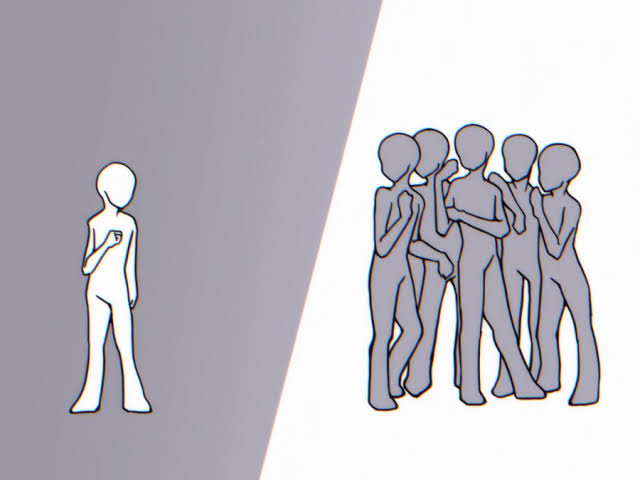Understanding Personality and Personality Disorders
Personality defines who we are—our thoughts, feelings, behaviors, and patterns that make us unique. It's a combination of biological influences and environmental factors like upbringing, culture, and life experiences. While personalities vary widely, they typically remain relatively stable over time.
However, when certain traits become so rigid or maladaptive that they disrupt a person’s ability to function in everyday life, it may indicate a personality disorder.
What is Personality?
Personality refers to the consistent patterns of behavior, cognition, and emotional expression that define an individual. It encompasses traits like:
Openness to Experience: Creativity and curiosity.
Conscientiousness: Organization and dependability.
Extraversion: Sociability and enthusiasm.
Agreeableness: Compassion and cooperation.
Neuroticism: Emotional instability or moodiness.
These traits exist on a spectrum and contribute to how individuals interact with their environment and others.
What Are Personality Disorders?
Personality disorders are a group of mental health conditions characterized by enduring, inflexible patterns of thinking and behavior. These patterns often deviate significantly from cultural expectations and cause distress or impairment in social, occupational, or other areas of life.
Common Types of Personality Disorders
Personality disorders are classified into three clusters based on shared characteristics:
Cluster A: Odd or Eccentric
Paranoid Personality Disorder: Persistent distrust and suspicion.
Schizoid Personality Disorder: Detached from social relationships.
Schizotypal Personality Disorder: Eccentric behaviors and distorted thinking.
Cluster B: Dramatic, Emotional, or Erratic
Borderline Personality Disorder (BPD): Instability in emotions, relationships, and self-image.
Narcissistic Personality Disorder: Inflated sense of self-importance.
Antisocial Personality Disorder: Disregard for others' rights.
Histrionic Personality Disorder: Excessive emotionality and attention-seeking.
Cluster C: Anxious or Fearful
Avoidant Personality Disorder: Extreme sensitivity to criticism, social inhibition.
Dependent Personality Disorder: Overreliance on others for decisions.
Obsessive-Compulsive Personality Disorder (OCPD): Preoccupation with orderliness and control.
Causes and Risk Factors
The causes of personality disorders are not fully understood, but they are believed to arise from a combination of:
Genetic predisposition: Certain traits may be inherited.
Environmental factors: Childhood trauma, neglect, or unstable family environments can increase risk.
Brain structure and function: Differences in brain chemistry may contribute to certain disorders.
Diagnosis and Treatment
Diagnosing personality disorders requires a detailed evaluation by a mental health professional. Criteria outlined in the DSM-5 (Diagnostic and Statistical Manual of Mental Disorders) guide the process.
Treatment Approaches
Psychotherapy: Cognitive-behavioral therapy (CBT), dialectical behavior therapy (DBT), and psychodynamic therapy are common approaches.
Medications: While no drugs specifically treat personality disorders, medications may help with symptoms like anxiety or depression.
Support Systems: Building healthy relationships and coping strategies are crucial for long-term improvement.
The Stigma Around Personality Disorders
Unfortunately, personality disorders are often misunderstood and stigmatized. Education and awareness are essential to challenge misconceptions and encourage empathy toward those affected.
Conclusion
Understanding personality and personality disorders helps foster a more compassionate and supportive society. By recognizing the signs and encouraging treatment, individuals with personality disorders can lead fulfilling lives. For anyone struggling, seeking help from a qualified professional is the first step toward recovery.
Resources:
National Institute of Mental Health: Personality Disorders Overview
American Psychiatric Association: What are Personality Disorders?





.jpeg)
Comments
Post a Comment